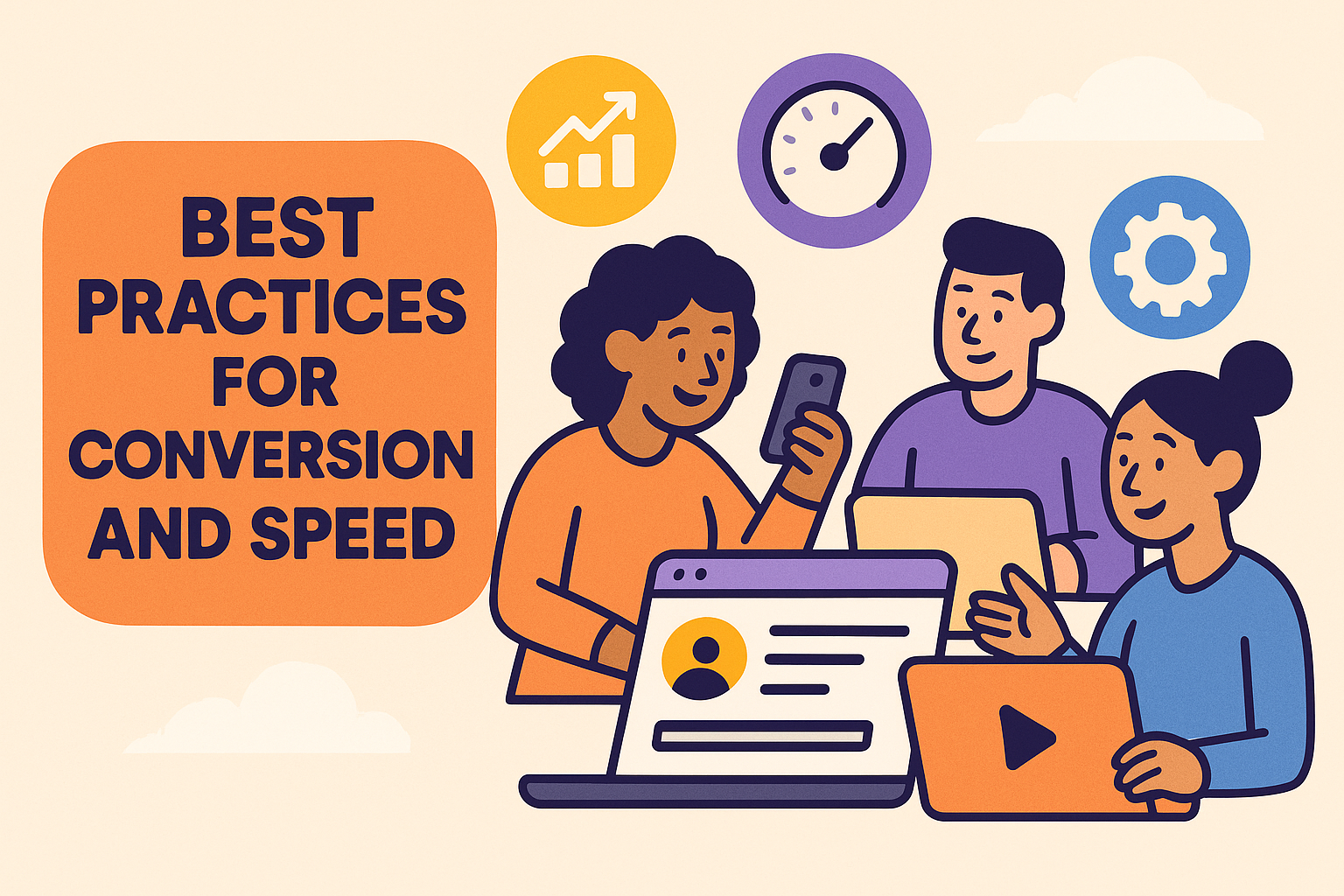Managing High-Intent B2B Leads: Best Practices for Conversion and Speed
What is a high-intent lead?
A high-intent lead is a potential buyer who has shown clear signals that they’re actively considering your product—whether through a demo request, deep content engagement, or visiting key pages like pricing or integrations. These are the leads most likely to close—if you engage them quickly and correctly.
In B2B sales, especially at fast-moving companies, high-intent leads are where pipeline acceleration lives or dies. Every minute they wait for a response is a chance for their attention to fade—or worse, shift to a competitor.
This article covers how to recognize high-intent leads, prioritize them, and create a streamlined process that converts interest into meetings—without manual work slowing you down.
Why Managing High-Intent Leads Requires a Different Playbook
Not all leads are created equal. While many B2B teams still treat inbound like a queue, high-intent prospects don’t wait around. They’ve done the research. They’ve compared tools. They’re already thinking about how to buy.
The best teams treat these leads with urgency and care. That means:
- Instant routing to the right rep
- Embedded scheduling right after form fill
- Automated follow-ups that maintain momentum
What you’re really doing is capitalizing on the window when buyer intent is highest. Wait too long and the buying energy is gone.
How to Identify High-Intent Leads
High-intent doesn’t always announce itself with a demo request. More often, it’s a pattern. A combination of signals like:
- Multiple return visits to key pages (pricing, integrations, case studies)
- Form submissions or chat engagements
- Firmographic or ICP fit paired with content engagement
The strongest teams build lead scoring models that combine behavioral signals with CRM data to identify who’s worth fast-tracking. Whether it’s via a native scoring model or tools like Clearbit, MadKudu, or 6sense, the goal is the same: spot buying intent and respond fast.
Create a Frictionless Path From Form to Meeting
Once someone raises their hand, you’ve got seconds—not days—to move them forward. The most effective way to do that? Let them book a meeting immediately after they convert.
Instead of routing them into a manual qualification loop, embed your scheduling experience directly after form fill. That one change alone can lift conversion by 30–40%.
What works:
- Show a calendar at the moment of form submission (based on routing logic, not round robin alone)
- Offer times that are tailored to their region or account owner availability
- Let them book from anywhere—including from emails, chat, or mobile
When you remove friction, you increase show rates and create a more respectful buyer experience. You’re not asking them to chase you down. You’re meeting them where they are.
Route Leads Intelligently—Not Just Quickly
Speed matters. But speed without precision just creates noise. Automated lead routing works best when it’s backed by logic that matches buyers to the best-fit rep.
That could mean routing by:
- Region or territory
- Account ownership (via CRM matching)
- Product interest or use case
- Campaign source or lead score
The goal is to ensure the buyer talks to someone who understands their context—without internal team ping-pong or handoffs killing momentum.
A well-built routing engine does more than reduce admin. It creates higher quality conversations.
Personalize at Scale Without Slowing Down
Buyers can tell when they’re getting the generic experience—and it’s a fast way to lose trust. But manually customizing every message isn’t sustainable.
That’s where smart systems come in. When lead data flows freely between your form, routing tool, CRM, and calendar, you can deliver personalized outreach automatically.
For example, a high-intent lead in healthcare should be matched with the rep who owns that vertical, gets a calendar invite that reflects that knowledge, and receives a follow-up that speaks to their use case—all without a rep needing to lift a finger.
Personalization at scale is a systems challenge. And it’s solvable.
Use Data to Continuously Improve Your Process
Managing high-intent leads isn’t just about capturing demand. It’s about optimizing how well you convert it.
That starts with measurement. You should be tracking:
- Demo request to booked meeting rate
- Meeting show rate
- Rep response times
- Time-to-first-touch after submission
The best teams use these insights to refine their routing logic, uncover rep performance gaps, and continuously improve the inbound funnel.
When data guides your process, every lead becomes a learning opportunity—not just a chance to win a deal.
What RevenueHero Does to Help
RevenueHero is built to accelerate high-intent lead conversion—without the duct tape.
It helps you:
- Instantly route inbound leads to the right sales rep based on account ownership, geography, or product interest
- Show a personalized calendar the moment a form is submitted so prospects can book a time that works
- Automate handoffs between SDRs and AEs while keeping the buyer experience smooth
- Track meeting outcomes, no-shows, and funnel performance so you can refine your playbook over time
Whether you’re scaling fast or optimizing your existing process, RevenueHero helps you connect with the right buyers faster—while delivering a better experience every time.
FAQ: Managing High-Intent B2B Leads
What’s the average conversion rate for high-intent leads?
Across RevenueHero’s customer base, demo-to-meeting conversion rates average between 40% to 60% for qualified inbound leads. Teams with embedded scheduling and fast routing often perform at the higher end of this range.
What tools are most important for high-intent lead conversion?
A connected system that includes your CRM, a lead routing tool like RevenueHero, and a native calendar scheduling tool is essential. Layer in marketing automation for follow-ups and reporting for optimization.
Should I treat all demo requests as high-intent?
Not necessarily. Pair demo requests with data like job title, company size, and behavior to determine intent. A good lead scoring model helps segment genuine buyers from tire kickers.
Let RevenueHero help your team turn high-intent users into booked meeting without slowing down your funnel.












